The shadow of 4.1 trillion VND and the question of capital efficiency
According to the State Bank, by the end of August 2025, the total outstanding real estate credit had reached 4.1 million billion VND, of which the outstanding debt serving real estate business activities alone accounted for nearly 1.823 million billion VND. This scale is equivalent to nearly four times the public investment capital in 2025, but this sector only directly contributes about 3.5% of GDP.
Data from the Ministry of Construction shows that urban and housing development projects continue to lead in terms of credit scale, with VND614,737 billion. Next are industrial park and export processing zone projects with VND114,274 billion. Capital flows are also allocated to areas such as office for lease (VND61,946 billion); tourism and resorts (VND62,487 billion); restaurants and hotels (VND64,560 billion) and loans for land use rights purchase (VND190,113 billion).
According to analysts, the picture of credit allocation shows a strong expansion of loans into areas sensitive to economic cycles. More specifically, these figures say a lot that capital is being strongly attracted to high-profit areas but the spillover effect to the economy is still limited.

By the end of August 2025, total outstanding real estate credit had reached VND4.1 million billion. Photo: Duy Minh.
In fact, according to the financial reports of the third quarter of 2025 of listed banks, real estate debt increased in most banks. In the commercial banking sector, Techcombank leads the system with VND 237,838 billion, accounting for 32.81% of total debt; VPBank ranked second with VND 205,955 billion;SHB ranked third with VND 184,044 billion, but has the second highest proportion in the system, more than 30% of total debt. These figures reflect the trend of strong capital flow into real estate, a phenomenon that is not new but is reaching a scale that needs close monitoring.
Meanwhile, medium and small-sized banks are still on the defensive. MBBank, HDBank, TPBank, MSB and LPBank all maintain their real estate lending ratio at single digits, showing caution in the face of market fluctuations. However, even in this group, the growth in outstanding loans continues, proving that the appeal of the real estate "pie" has not cooled down.
Experts warn that credit capital flowing into real estate currently accounts for nearly a quarter of the total capital of the economy, while the ability to create jobs, added value and spillover effects are much lower than in the manufacturing, trade and service sectors. The “misdirected” cash flow can cause economic imbalance and increase systemic risks if the market reverses.
The fine line between recovery and bubble
According to Dr. Pham Thi Hoang Anh - Deputy Director of the Banking Academy, collateral in the credit system mainly comes from the real estate market. If the market falls into recession, the banking system will be under great pressure from bad debt. That shows that real estate credit risks lie not only in the scale of outstanding debt, but also in the quality and authenticity of the collateral.

The real estate market is currently in a state of “buy high, sell high”. Photo: Quoc Anh.
Sharing a cautious perspective, economist Dr. Dinh The Hien said that the current market is in a state of “buy high, sell high”, an early warning signal of a price bubble. He explained that when buying and selling activities are based only on short-term speculative psychology, not linked to real cash flow or exploitation value, real estate values are pushed up too high, while liquidity is increasingly poor.
“The 'buy high, sell high' mentality can help a group of investors benefit in the short term, but it creates a cycle of overheating that can easily lead to collapse,” Mr. Hien warned.
It is worth noting that credit into real estate has increased sharply but has not created a "wave". Credit growth in the first 9 months of the year reached about 13%, while capital flowing into real estate was nearly 20% higher, but liquidity is still sluggish. "Money has increased but has not made the market healthy", Mr. Hien commented. That shows that capital flow is no longer bringing positive spillover effects, but is creating double pressure on banks and the market.
According to the safety principle, banks should only lend up to 70% of the property value, the buyer or investor must contribute 30% of the counterpart capital. However, in reality, there has been a situation where banks lend even the deposit, meaning that credit has gone deep into the speculative cycle. When prices increase too quickly, "surfing" investors encounter difficulties, credit will accumulate, bad debt will increase, ... that is the scenario that many experts have witnessed in previous cycles.
However, it cannot be denied that credit capital is still the "blood vessel" for the recovery of the real estate market, especially when many projects that were "frozen" in legality are being unblocked. The increase in credit partly reflects the expectation of recovery, but it needs to be selectively guided to avoid flowing into the speculative sector.
Therefore, controlling real estate credit does not mean extreme tightening, but adjusting the pace, aiming at a balance between recovery and system safety. It is necessary to clearly distinguish between capital for real housing needs, capital for housing construction, industrial zones, tourism and capital for speculative activities.
In fact, if real estate credit continues to expand without creating real value, the bubble may return and then the price to pay will not only be bad debt or reduced growth, but also the instability of the entire financial system.
According to Dr. Le Xuan Nghia - member of the Prime Minister's Policy Advisory Council, the current outstanding debt is about 4 million billion VND, accounting for about 24% of the total outstanding debt of the whole system, not at a high level compared to many developed countries, up to 40%. The fundamental solution is to direct the credit flow reasonably, focusing on the social housing segment, low-cost housing, instead of pouring it into speculation or high-end projects.
Source: https://congthuong.vn/kiem-soat-tin-dung-bat-dong-san-chat-che-nhung-khong-cuc-doan-429697.html













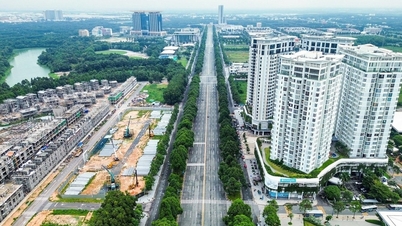





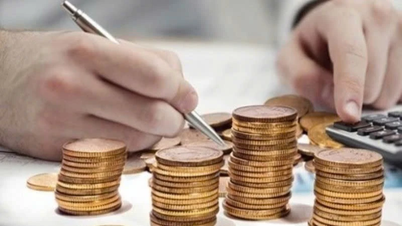




![[Infographic] Vietnam's stock market exceeds 11 million trading accounts](https://vphoto.vietnam.vn/thumb/402x226/vietnam/resource/IMAGE/2025/11/09/1762677474332_chungkhoanhomnay0-17599399693831269195438.jpeg)
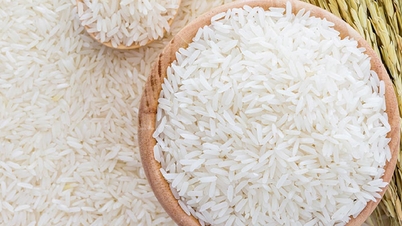















































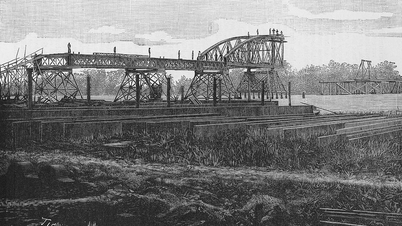
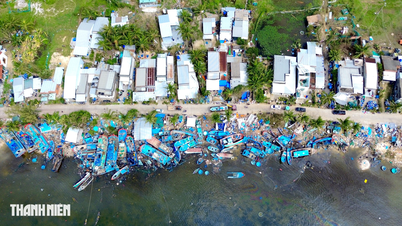







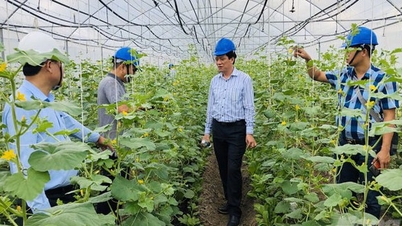




























Comment (0)